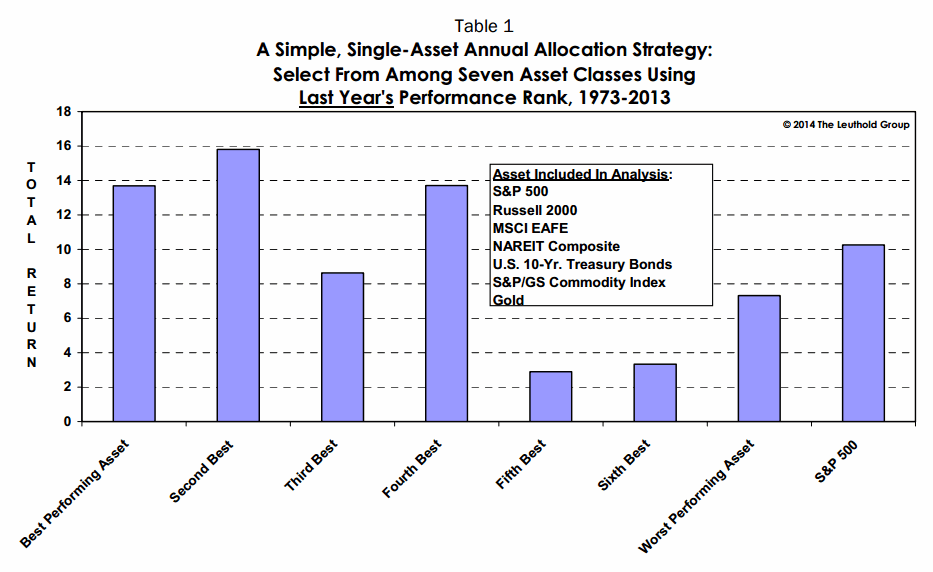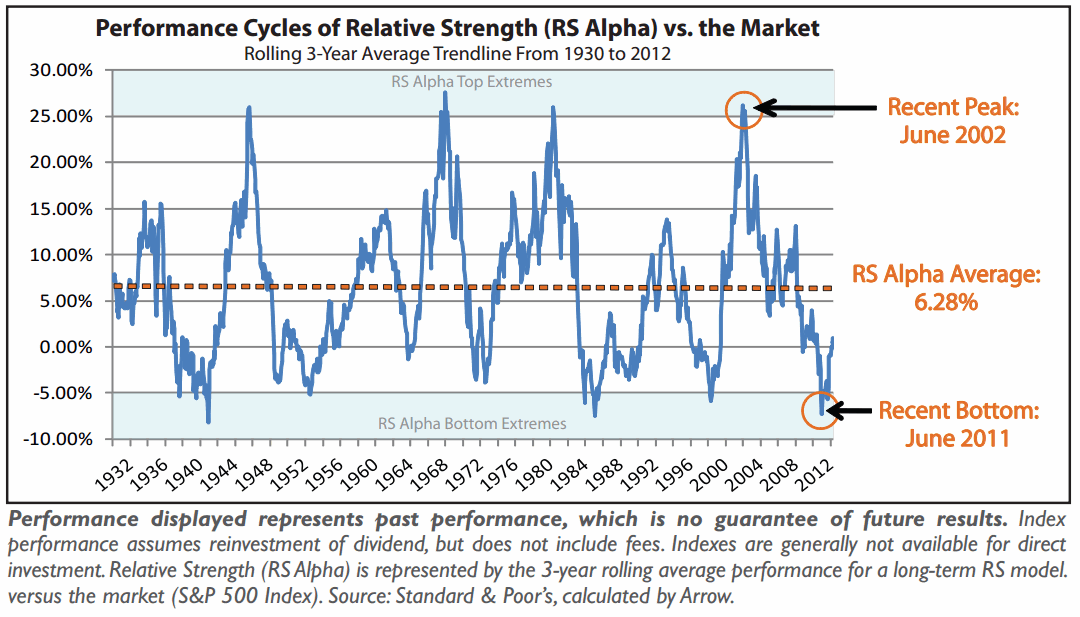Relative Strength Research Archives Page 1 of 8 Systematic Relative Strength Systematic
Post on: 2 Июль, 2015 No Comment

The Momentum Effect
Point and Figure RS Signal Implementation
September 2, 2014
Over the course of the summer we published three different whitepapers looking at point and figure relative strength signals on a universe of domestic equities. In the first two papers, we demonstrated the power of using PnF RS signals and columns to find high momentum stocks, and then we looked at the optimal box size for calculating relative strength. If you were on vacation and happened to miss one of the first two papers they can be found here and here .
The third paper examines the performance profiles you can reasonably expect by following a process designed around point and figure relative strength. You can download a pdf version of the paper here. Most momentum research focuses on performance based on purchasing large baskets of stocks, which is impractical for non-institutional investors. Once we know that the entire basket of securities outperforms over time the next logical question is, What happens if I just invest in a subset of the most highly ranked momentum securities? To answer this question, we created portfolios of randomly drawn securities and ran the process through time. Each portfolio held 50 stocks at all times, which we believe is a realistic number for retail investors. Each month we sold any security in the portfolio that was not one of the top relative strength ranks. For every security that was sold, we purchased a new security at random from the high relative strength group that wasnt already held in the portfolio. We ran this process 100 times to create 100 different portfolio return streams that were all different. The one thing all 100 portfolios had in common was they were always 100% invested in 50 stocks from the high relative strength group. But the exact 50 stocks could be totally different from portfolio to portfolio.
The graph below taken from the paper shows the range of outcomes from our trials. From year to year you never know if your portfolio is going to outperform, but over the length of the entire test period all 100 trials outperformed the broad market benchmark.

(Click To Enlarge)
We believe this speaks to the robust nature of the momentum factor, and also demonstrates the breadth of the returns available in the highest ranked names. It wasnt just a small handful of names that drove the returns. As long as you stick to the process of selling the underperforming securities and replacing them with stocks having better momentum ranks there is a high probability of outperformance over time. Over short time horizons the outperformance can appear random, and two people following the same process can wind up with very different returns. But over long time horizons the process works very well.
Past performance is not indicative of future results. Potential for profits is accompanied by possibility of loss. A momentum strategy is NOT a guarantee. There may be times where all investments and strategies are unfavorable and depreciate in value.














